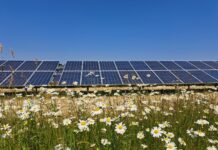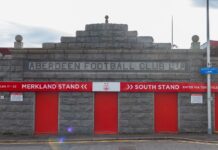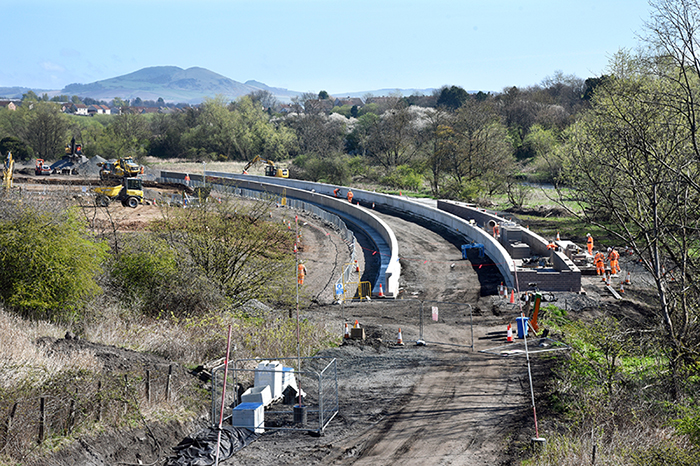
NETWORK Rail is using an innovative new design process to avoid issues relating to global supply shortages and long lead times to continue its fast-track delivery of Cameron Bridge railway station.
Project Scotland recently visited the site of the new station, which will sit just yards from the original station that closed in 1969, to hear from the project team on the work to deliver one of two stops on the £116 million line that will reconnect Levenmouth in Fife with the mainline for the first time in over half a century.
Last year, MD of Scotland’s Railway, Alex Hynes, said that the reinstatement of the route will improve the life chances of people in the area. With a raft of benefits to come on the back of the line, there is an unsurprising desire amongst locals – who have campaigned since its closure for the reinstatement – to see the line in action by its scheduled 2024 completion date.
Once complete, two trains per hour will stop at Cameron Bridge station to take passengers to Edinburgh – a journey currently only possible via car or by hopping on and off multiple buses.
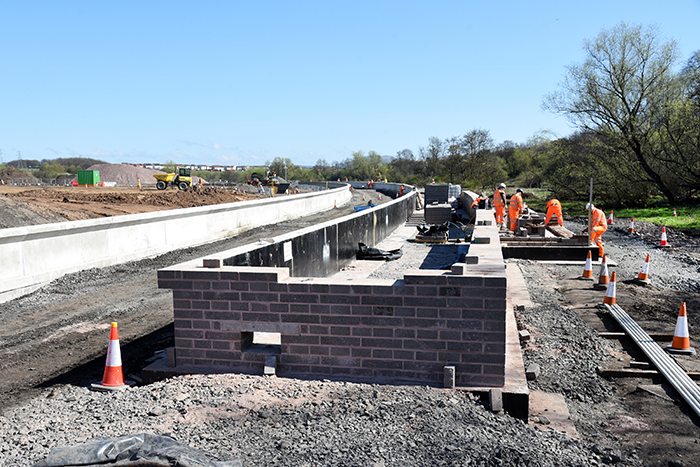
With this in mind, project manager of the Cameron Bridge build, Brian Walker, told Project Scotland of the design measures the team has taken to help create the bases for the island platform and 200m-long platform, as well as installing track-side walls of the new platforms in just two months. Access roads have also been created in this time, as well as all precast units being installed and coated with waterproof coating, whilst the rear wall foundation of Platform 1 is 75% complete, the rear masonry wall is 20% complete, and work is set to progress to the lift pit construction and backfilling of both platforms.
“The relationship we have with the designer is slightly different to the normal relationship we (as an industry would ordinarily) have,” he explained. “We’d normally be very transactional and…wait for somebody to produce a drawing and then say: ‘magic, let’s go build this now’. This is a bit more construction-led; we’ve had conversations with the designer where we say: ‘this is what we want to build, can you make this work?’ and they go away and have a think.”
In the meantime, the team is able to press ahead with plans already agreed upon. The method, which Brian said he has never used before, means the construction team and designers have ‘blank paper’ conversations, which has enabled everyone to open up the plans and ask ‘what are we building?’ rather than ‘how do we build this?’.
“When we have these blank paper conversations, the contractors may not fully understand the flood model exercise required, so the designer can then educate the contractor and at the same time the contractor educates the designer in terms of methodology and constructability,” Brian added.
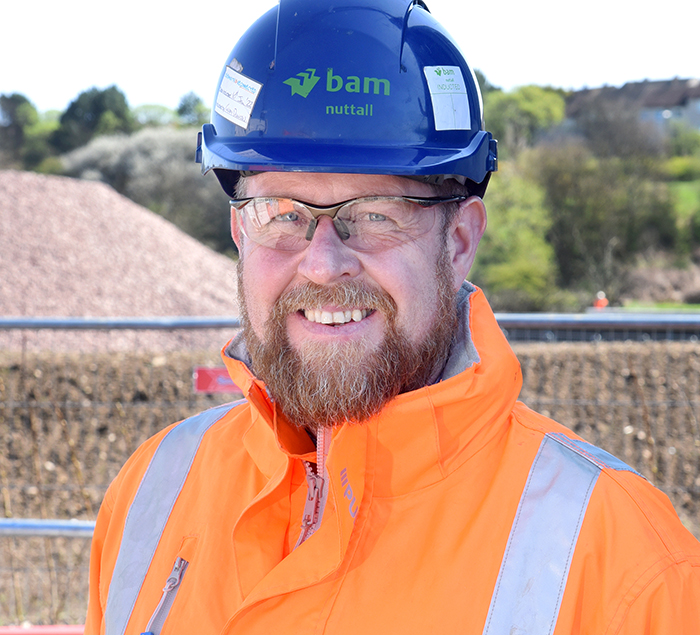
This methodology is also allowing for a head start to be given in terms of getting materials in, with Z-units being procured in September before the full design was finalised – thanks to the team already knowing the exact shape and location requirements.
“That allowed us to make a flying start in terms of the in-stock,” Brian explained, before telling how the same has been done at Leven station – which has a later opening date – to allow it also to have materials at the ready.
“The majority of materials that you use in every job are the same day in day out,” he added. “It doesn’t matter if we’re building a station here, Leven, or Glasgow – it’s the same materials, so why start reinventing the wheel?”
So far, more than 5,000 tonnes of material has been used to create the base of the two platforms before casting the concrete foundations for each of the near 200m-long structures. The trackside walls of the new platforms were installed using 108 precast concrete wall sections, each weighing over four-tonnes, whilst approximately 3,650 blocks and 6m3 of mortar were used to construct the rear masonry wall of platform 1 – with it taking 14,400 blocks in total to fully construct the rear masonry wall for platform 1.

A host of materials are also being re-used on the build in a bid to reduce the environmental impact. Over 1,000 tonnes of stone from the former station have been used to create access roads to the new station, with old track recycled materials from temporary satellite compounds being used as curb fill materials on site, and former ballast tested in lab conditions being used as general in-fill material.
“If we’re taking lorries off the road, reducing the carbon footprint, and keeping materials here then it’s a win for everybody,” Brian said. “The programme is also in our destiny – we’re controlling the outputs and inputs.”
Key to the rapid progress has also been the standard of the local contractors brought on board. Brian explained the project operates on the basis that everyone leaves their company badges at the door and operate as one team. His team heaped praise on the local firms during one recent briefing – with particular plaudits going towards their skills operating plant machinery.
“It’s not just their ability, it’s their desire to be involved,” Brian said. “There’s a real skillset here that needs tapped into; the area has been a bit of a sleeping giant for years.”
Moving forward, Brian anticipates that track will start to be laid this summer. A 125-space car park is also being created, with provision for electric vehicle charging, and the station will be fully accessible thanks to a footbridge and lift. A bus stop and turning circle is also being created, as well as an active travel route along the new line – which includes the creation of a new bridge over the river south to Methilhill.
“Get the train up to Cameron Bridge, get on the cycle way along to Leven station and before you know it, you’re on the Fife coast – brilliant!” Brian concluded.






